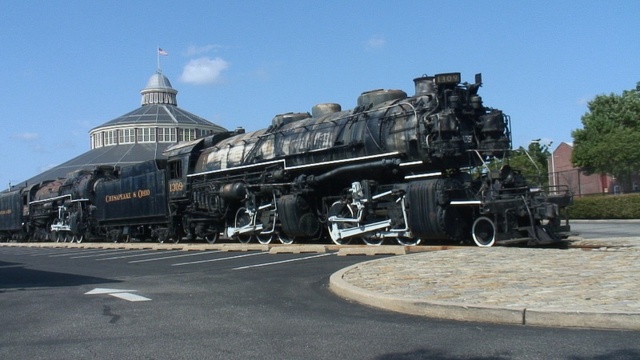by railfilm
Who knows what was the last main class of compound steam engines on American rails?
I know, that B&O ordered the last compound articulated after the II.WW but it was an exception.
(Compound means high and low pressure cylinders in a single locomotive).
I guess this technology was obsoleted sometimes around 1920.
I know, that B&O ordered the last compound articulated after the II.WW but it was an exception.
(Compound means high and low pressure cylinders in a single locomotive).
I guess this technology was obsoleted sometimes around 1920.
Regards from Austria. Keep the trains running!
Eugen.
http://www.railfilm.net
Enjoy my videos:
http://www.youtube.com/user/railfilm#p/ ... ZXwJF6hpeU
Eugen.
http://www.railfilm.net
Enjoy my videos:
http://www.youtube.com/user/railfilm#p/ ... ZXwJF6hpeU
 In the museum in Baltimore.
In the museum in Baltimore.